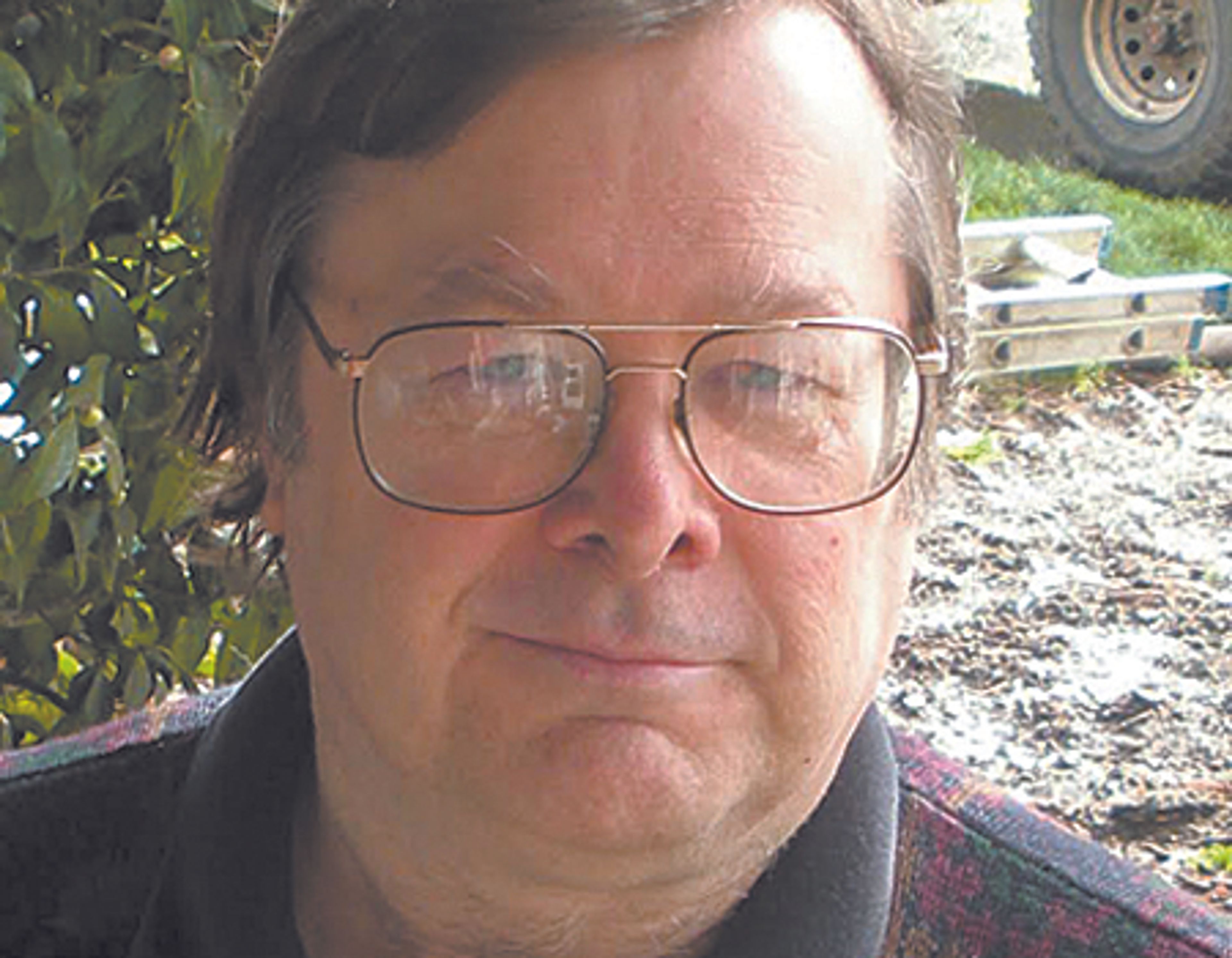OPINION: Capital punishment has failed; why make it worse?
Editorial: The Tribune’s Opinion
Idaho House Judiciary Committee Chairperson Bruce Skaug, R-Nampa, is free to demagogue all he wants about executing people who sexually abuse young children.
So are the 57 House members who voted for his bill Monday. Among them were Reps. Mike Kingsley, R-Lewiston, Lori McCann, R-Lewiston, Brandon Mitchell, R-Moscow, and Charlie Shepherd, R-Pollock.
Shielding them from the consequences of their decision is a 1988 U.S. Supreme Court decision that ruled unconstitutional imposing the ultimate penalty in a child rape case when the victim survived.
“I believe that was the wrong decision,” Skaug said.
But what if Skaug’s reading of the current Supreme Court is correct?
The five members who rendered the 1988 ruling — Justices Anthony Kennedy, John Paul Stevens, David Souter, Ruth Bader Ginsburg and Stephen Bryer — no longer serve on the court. And in their place is a far-right, 6-3 majority that in cases such as reproductive rights and affirmative action shows no respect for precedent.
Making Skaug’s hypothetical a legal reality would place Idaho — as well as Florida, which passed a similar measure — among the worst of the worst. Only in authoritarian regimes — Saudi Arabia, Iran and China — do you find people executed for crimes other than murder. In the world where human rights are respected — including the U.S., which is a signatory to the International Covenant on Civil and Political Rights — there is an understanding that the death penalty is reserved as punishment for intentional homicide.
Skaug’s bill also prompts this question: Even in cases of lewd conduct against a minor younger than 12 involving — as the bill describes — behavior that was “especially heinous, atrocious or cruel, manifesting exceptional depravity,” there remains a victim who has survived.
If the abuser is subject to the death penalty, that victim will spend years, if not decades, waiting for closure as the case winds its way through the appellate court system.
With so much at stake at trial, no jury is going to impose the death penalty without hearing the victim’s testimony. Searing cross-examination in court is guaranteed to retraumatize that child. And if the criminal justice system seeks to shield the victim, it risks a wrongful conviction and execution.
Most of the time in child sexual abuse cases, the victim knows the assailant. Often it’s a relative. There are so many reasons victims — and their families — opt to remain quiet rather than pursue justice. Putting the death penalty on the table only increases that pressure by an order of magnitude.
So who does this help? What is the Nampa Republican’s priority? Vengeance against the accused? Or making the victim whole?
Besides, the death penalty in the United States is hardly a success story.
It’s disappearing in front of your eyes.
Twenty-three states have abolished it altogether. Another three are operating under a formal moratorium. And in a couple more, governors have said they won’t execute anyone during their terms of office.
Add in another half-dozen or more states where the process is rare and you have three-quarters of the United States where no executions have occurred since Barack Obama occupied the White House.
The number of people sentenced to die is down 85% since the turn of the century.
The number of executions carried out is down 75% during that time.
And why not?
The system is hardly foolproof. New evidence has exonerated nearly 200 death row inmates, including two in Idaho.
It operates as a funnel. Only a handful of convicted murderers wind up in the death chamber.
It’s horribly random.
Gary Leon Ridgway, the Green River killer, is serving a life sentence.
So is Nikolas Cruz, the Parkland, Fla., killer who murdered 17 people and injured 17 more at Marjory Stoneman Douglas High School.
Also avoiding the death penalty was James Eagan Holmes, who shot 12 people to death and injured 70 more when he opened fire at an Aurora, Colo., movie theater.
It’s no bargain. Between the appeals and the extra security, society typically spends $1 million more executing someone than it would housing him for life in prison.
And the process is agonizingly slow, particularly in Idaho.
Paul Ezra Rhodes was convicted of murder in 1988. His execution was carried out 23 years later.
Convicted of murder in 1985, Richard Leavitt’s execution occurred 27 years later.
Gerald Pizzuto Jr. has been sitting on death row for 37 years. Cancer may claim him before the executioner.
And it’s been so long since Thomas Eugene Creech was convicted of murder and sentenced to die — more than 40 years — that the judge who presided over the case, former 4th District Court Judge Robert G. Newhouse, says executing him now “would just be an act of vengeance.”
If you fill up Idaho’s death row with a new species of offender, how many would be spared by the appellate process? How many would die of old age? And how many might be executed decades after the crime occurred?
Given the recent record of the U.S. Supreme Court, what passes today for performative political theater in Boise tomorrow could become a legal nightmare. — M.T.








